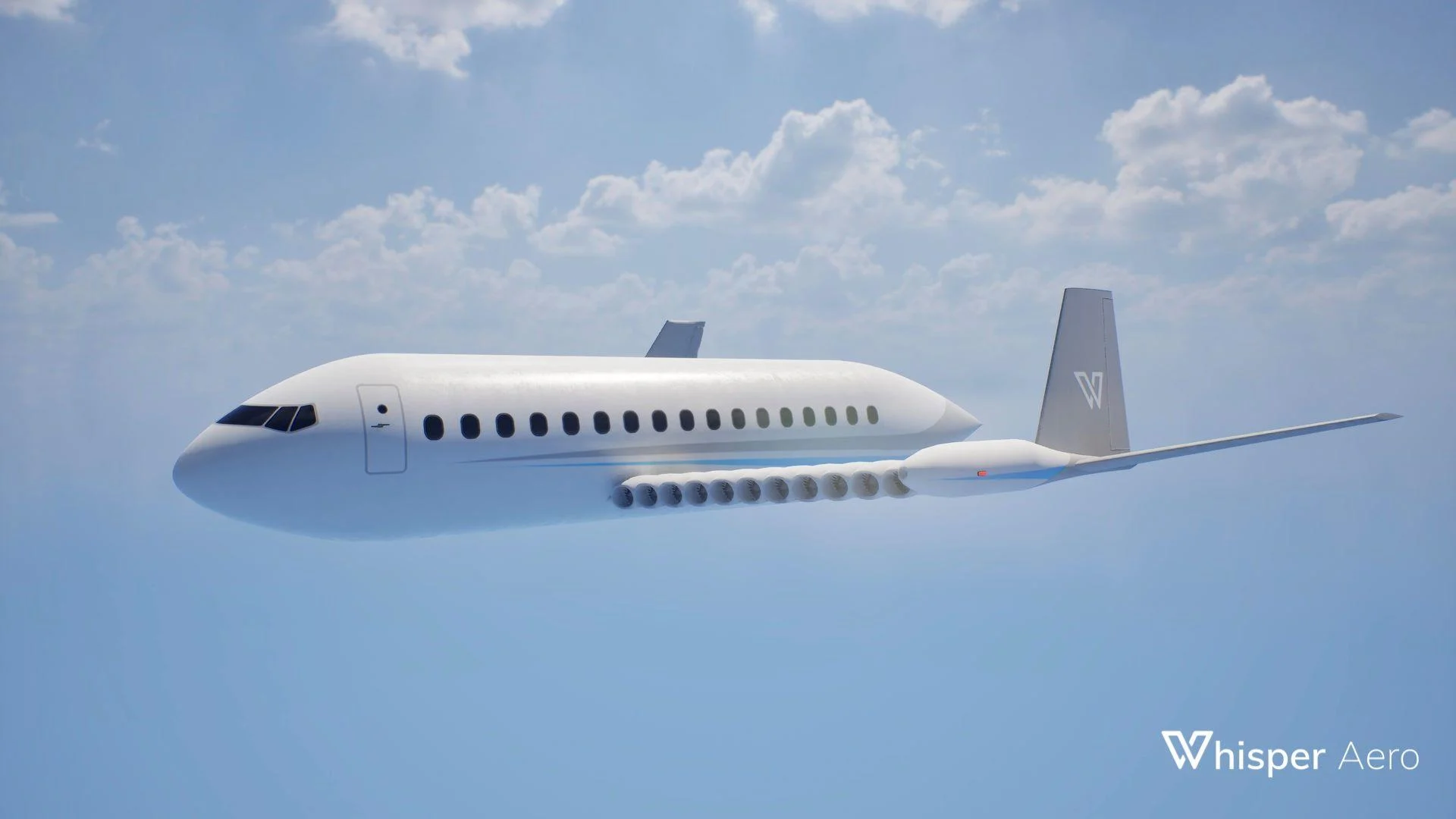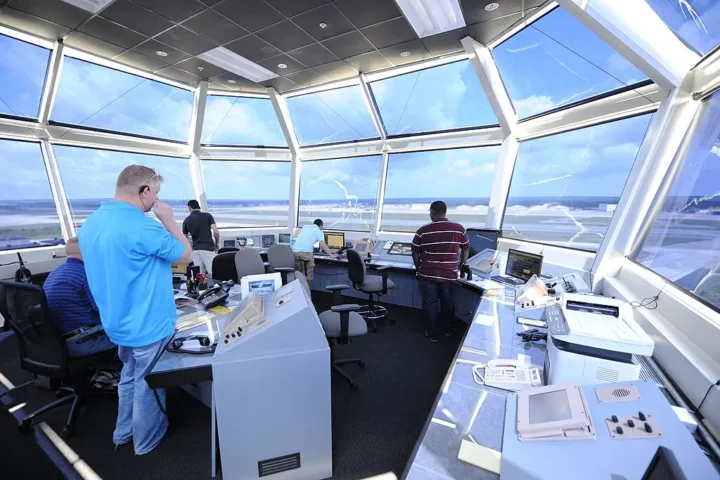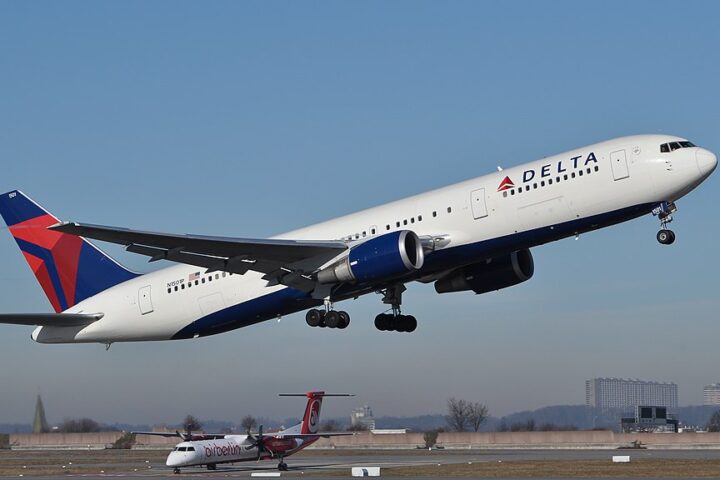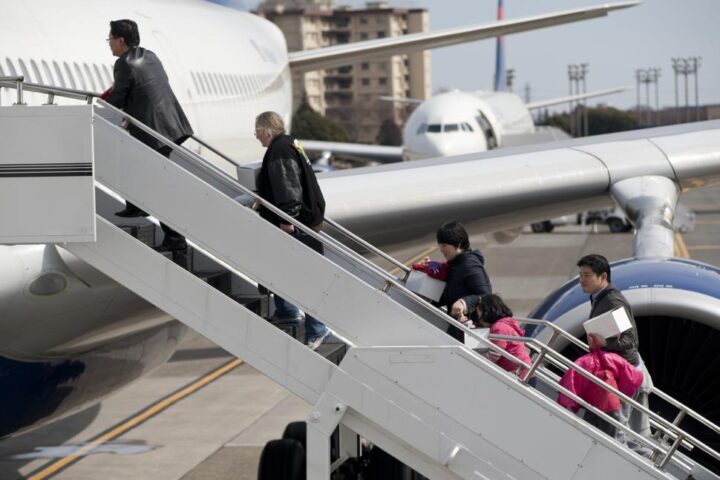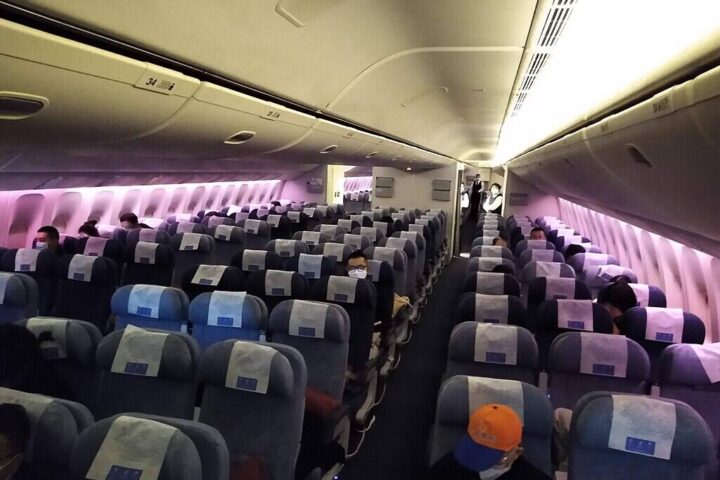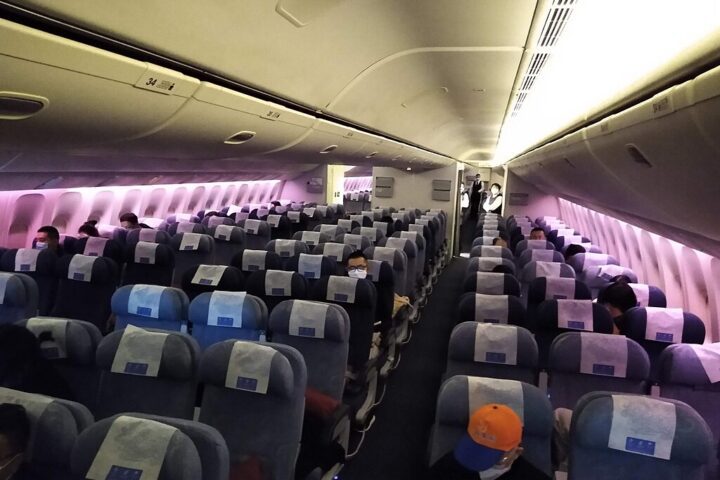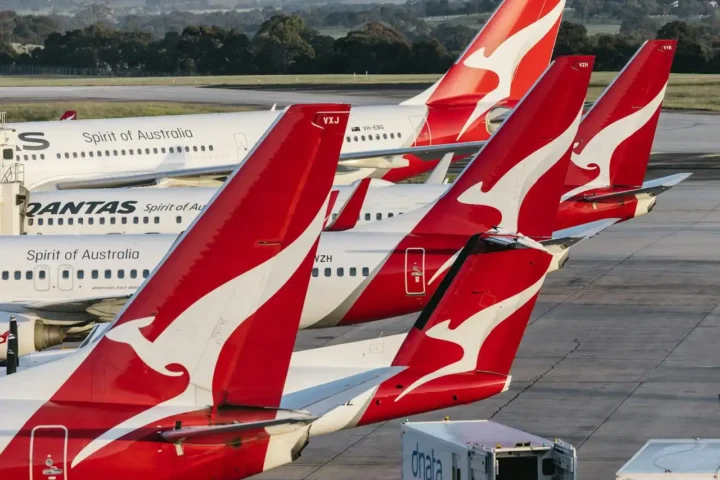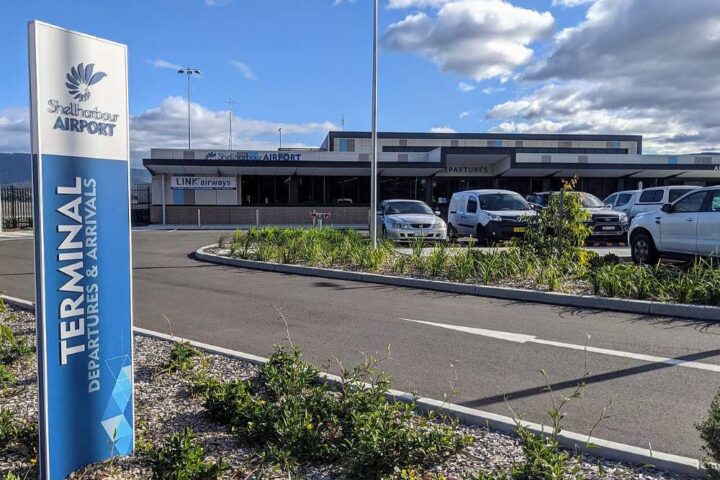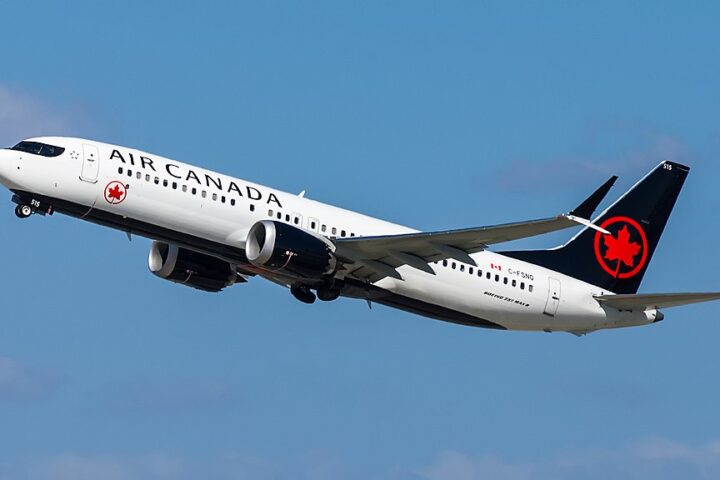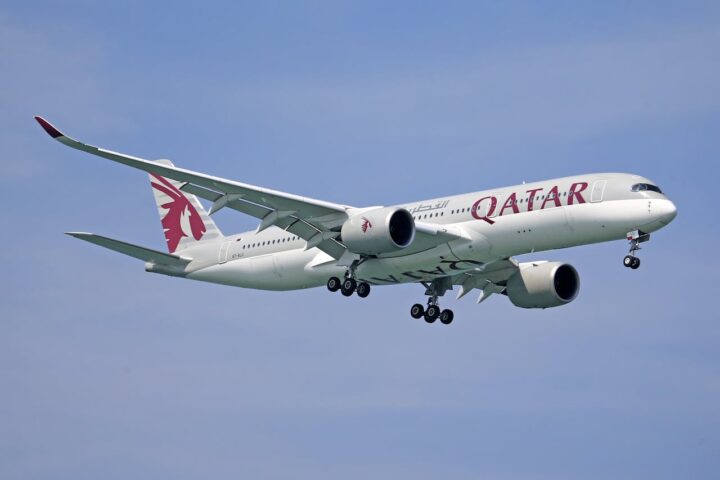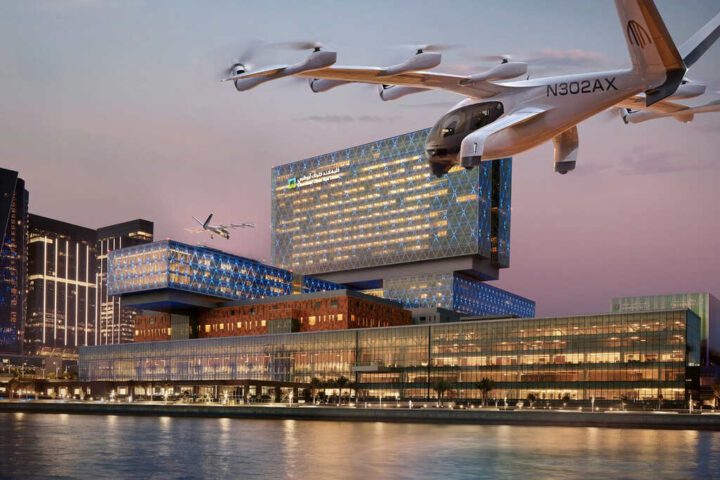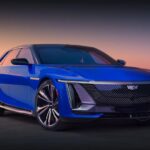Ensue the events of Ohio Air Mobility Symposium, which took place from March 4th–5th, Mark Moore, the CEO of Whisper Aero, presented a bold vision of the aviation future. At the meeting, they revealed the design concept of a 100-seat commercial aircraft that goes by the name of “Whisper Jetliner. The Whispers ultra-low noise electric ducted fans, embedded in the wing for the Upper Surface Blowing technology, were the marvel that captured the eyeballs with its innovative approach of addressing both aviation’s carbon footprint and noise pollution challenges.
The idea of Whisper Jetliner utilizes the combination of design principles of jetfoils, with a propulsion system embedded within the wing airfoil and distributed across the leading edge. The design’s objective is to ensure that we can achieve some big drops in carbon emissions and decreased aircraft noise to set an example for this market segment. The Whisper Airplane’s dedication to environmental friendliness and running efficiency is highlighted in the challenging key features of this futuristic plane. The Jetliner is intended to be equipped with an horizontal tail configuration, to lower noise sensitivity in takeoff and landing stages as well as to improve aerodynamics in all phases of flight. The addition of a pair of powered, duct-based fans along the wing’s leading edge is planned to significantly increase the wing’s lift-to-drag ratio, from 17.5 to 22 thanks to the efficient use of the lift force of the aircraft. These modifications do not only cut energy usage by a significant amount but these also aid in reducing the direct operating costs and improving travel comfort.
Furthermore, the Whisper Jetliner aims to achieve a 27 percent thrust-to-weight ratio with fan pressure ratios closer to 1.2, a significant improvement over today’s standard of 1.4 in geared turbofans. This advancement in propulsive efficiency could enable regional aircraft to utilize 804 Wh/kg batteries, projected for 2050, along with a 4 MW series hybrid for extended range, allowing for battery-electric flights up to 769 miles. Such a range, particularly when considering a full-capacity 700-mile flight, could result in savings of nearly 10 tons of CO2 per flight compared to current aircraft of similar size.
Recharging the Whisper Jetliner’s batteries would require only 45 minutes with 14 MW chargers, aligning with the typical turnaround time for similar-sized aircraft today. Moreover, the energy costs for a typical 500-mile trip would amount to USD 733, a stark contrast to the USD 2,100 required for fuel in a conventional aircraft like the Airbus A320-100. These figures highlight the Whisper Jetliner’s potential to not only reduce environmental impact but also significantly cut operating costs.
Similar Posts
The concept also envisions enhancing the accessibility of regional airports across mid-sized cities, potentially decongesting major hubs and offering more convenient choices for shorter, more frequent trips. The Whisper Jetliner’s quieter, more efficient propulsion could improve passenger experience and allow for night-time operations, further maximizing the utility of smaller airports.
Whisper Aero’s vision extends beyond passenger travel, with the introduction of an intermodal fuselage concept. This concept would enable quick changes from passenger to cargo configurations, enhancing the aircraft’s daily utilization and reducing fixed costs over more operating hours. Such versatility underscores the synergistic potential of electric propulsion in lowering operating costs.
Despite these ambitious plans, Whisper Aero has stated it does not intend to become an airframe manufacturer but rather seeks partnerships with established manufacturers to bring its propulsion system to market. This approach is reminiscent of past initiatives by NASA, such as the Quiet Short-Haul Research Aircraft program, which also aimed at improving STOL capabilities through innovative aerodynamic concepts.
Comparisons are drawn to the Whisper Jet concept, a 9-passenger electric aircraft, revealing a consistent strategy by Whisper Aero to scale its ultraquiet, ultraefficient electric ducted fan technology. Both concepts emphasize the importance of integrating propulsion systems that minimize noise and emissions, catering to the growing demand for sustainable aviation solutions.
